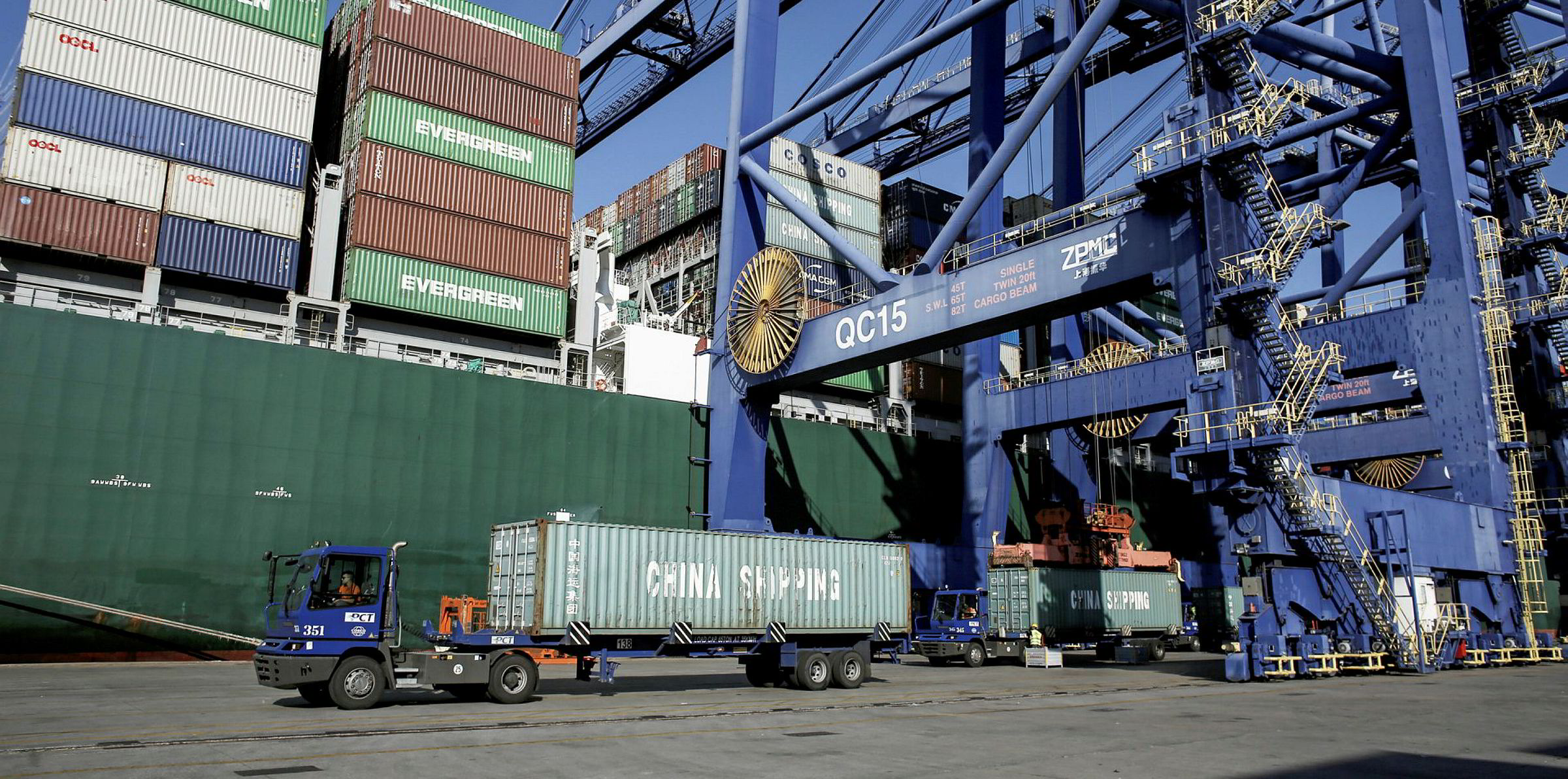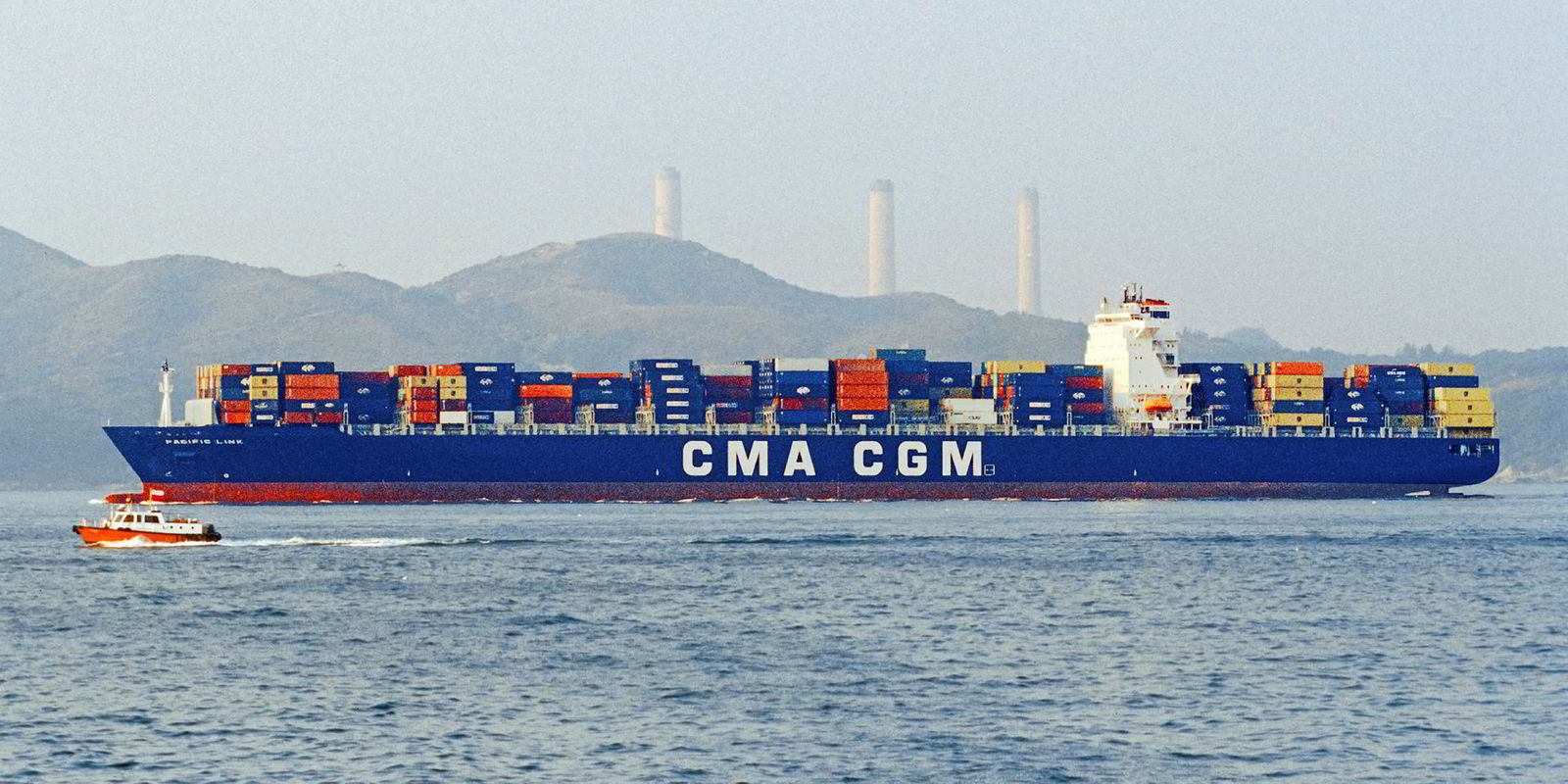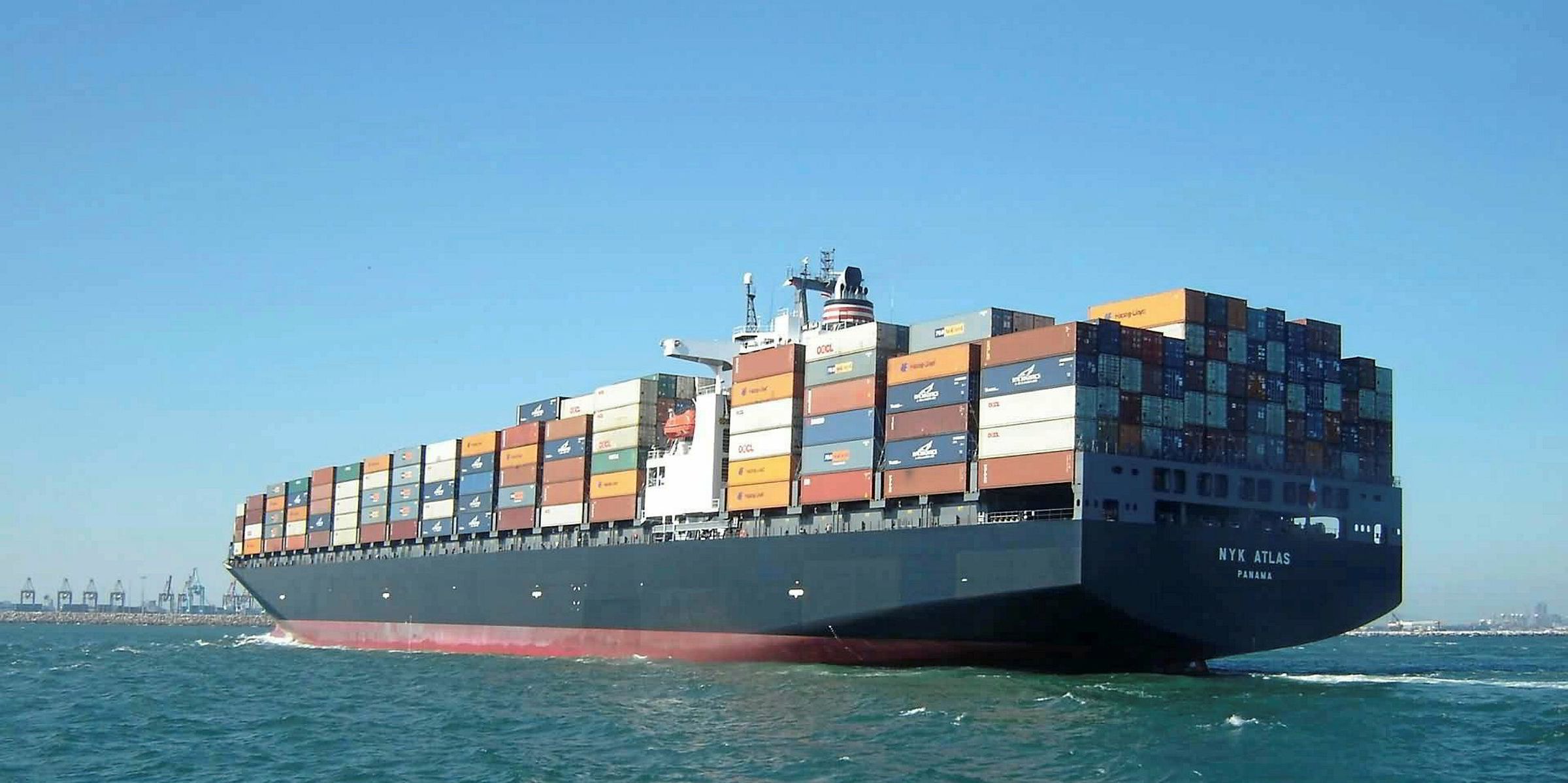Over the past four months the charter market for large containerships of more than 5,000 teu has been suffering, with service reductions pushing up the number of spot vessels available and driving rates down by more than one-third.
The result is a dysfunctional, inefficient market where larger boxships of 8,000 teu have at times been earning less than smaller, traditional panamax vessels with barely half the capacity.
Defying doom-mongers
Boxships of 4,250 teu that would traditionally have been squeezed out by larger ships in such a scenario have, so far this year, defied doomsayers.
Increasingly these “old” panamaxes have been deployed in the intra-Asian trades as upgrades for smaller sub-panamax ships of 2,700 teu, which were predominant in the trade at the start of the decade.
Until now, the option for lines of replacing traditional panamaxes with larger vessels of 6,000 teu to 8,000 teu was simply not there.
That no longer seems to be the case.
Observers say profit-starved lines have woken up to the possibility that they can take a 8,000-teu containership for the same price as a ship half its size.
Lines are changing their schedules to accommodate the larger, cheaper vessels. And where these vessels are too large for the intra-Asia trades, they are being deployed on routes from Asia to Australia, West Africa, India or North America.
Examples include Singapore-based X-Press Feeders, which operates three 6,000-teu to 6,660-teu ships between South East Asia and the Indian subcontinent, and between South Korea and China.

It does have an impact on smaller sizes, and I think that is what we are seeing now. In the short term, there’s going to be pressure on charter rates, but I don’t think it’s going to last
Using a larger ship in the intra-Asian trades will not always work, but the economics appear compelling. Recent fixtures have included a 15-year-old, 6,000-teu ship being fixed for just $10,000 per day, around $2,000 less than a 4,250-teu baby panamax of similar vintage.
Larger vessels appear to earn little more. The 8,540-teu Seroja Empat (built 2010) and Seroja Enam (built 2011) have been reported fixed by Maersk Line at $11,250 and $11,350 per day for periods of two-to-nine months.
The bombed-out market is starting to impact on values, with the 6,492-teu NYK Aphrodite (built 2003) said to have been sold at a scrap value of around $13m.
Now there are signs of the malaise in the large boxship sector beginning to spread.
The traditional panamax sector has been remarkably resilient, but an anticipated autumn rally has failed to materialise and pressure on smaller ships is starting to build.
Maxime Van Eecke, managing director of Compagnie Maritime Belge’s container desk Delphis, concedes that the cascade of larger ships and redelivery of smaller vessels is beginning to encroach on the sub-5,000 teu sizes.
Market fundamentals
He remains optimistic about the medium-term prospects as a result of solid market fundamentals.
“It does have an impact on smaller sizes, and I think that is what we are seeing now,” he said. “In the short term, there’s going to be pressure on charter rates, but I don’t think it’s going to last.”
Most of the pressure on the market has resulted from ships coming open in the Far East, brokers said.
Around nine baby-panamax boxships were reported open on the spot market at the end of last week.
Some believe the key to the long-term outlook will be how liner operators manage capacity. One UK broker believes that poor financial results in the second quarter of the year led liner operators to rein-in charter capacity.
“Liners realise if they can control capacity, they can protect freight rates,” the broker said.
While the availability of ships in the market is increasing as more vessels are redelivered, he expected the falls could tempt some lines back into the market.
“The harsher the fall, the quicker people start to eye up ships for next year,” the broker said.





